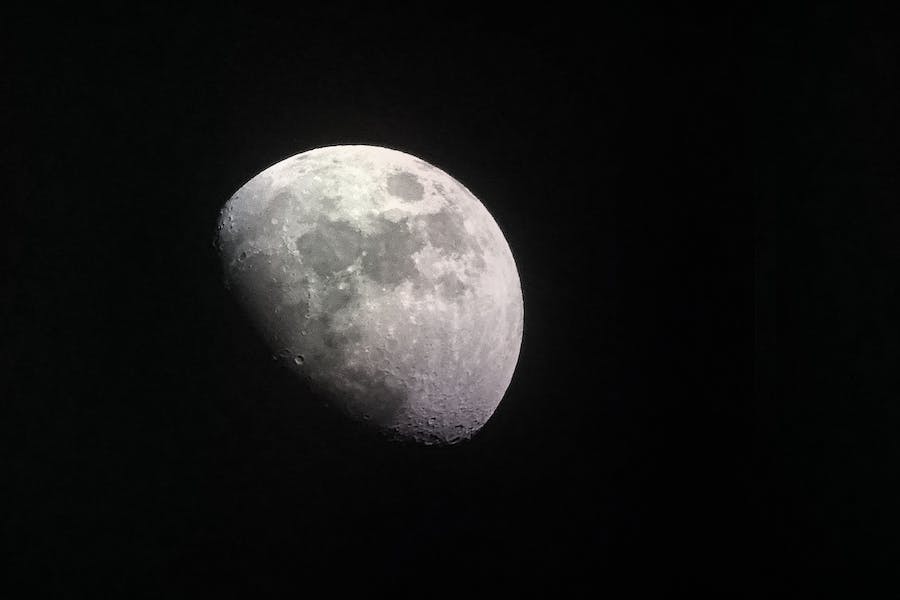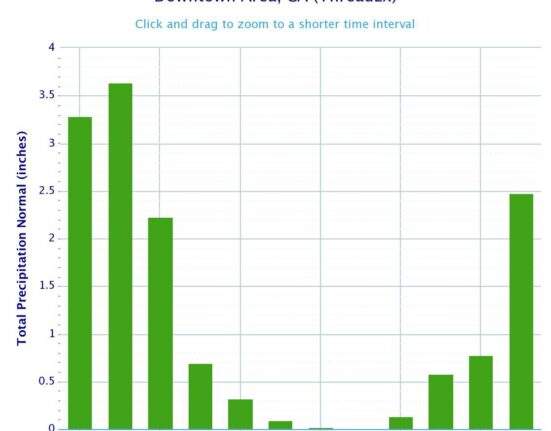Have you ever looked up at the moon and wondered if it’s keeping a secret? It’s a question that has intrigued skywatchers and scientists alike for centuries: Do we always see the same side of the moon? This seemingly simple query opens a gateway to a fascinating celestial puzzle, one that blends the allure of mystery with the rigor of scientific exploration.
As we gaze at the moon’s familiar face night after night, it appears to be a constant in our ever-changing skies. But is this a trick of cosmic coincidence, or is there more to this story? In this exploration, we’ll uncover the dynamics of the moon’s orbit, delve into the concept of tidal locking, and reveal the intriguing reasons behind the moon’s steadfast gaze. Join us on a journey to understand one of our closest celestial neighbors and discover the secrets it has been holding right before our eyes.
Do We Always See the Same Side of the Moon?
The Moon simultaneously orbits Earth while rotating on its axis. The fascinating aspect is that the Moon consistently presents the same face towards us. This phenomenon occurs because the duration of the Moon’s rotation on its axis is exactly equal to the time it takes to orbit Earth. If the Moon didn’t rotate, or if it rotated at a different speed, we would eventually see its entire surface, including both the visible and the hidden sides. This alignment of the Moon’s rotational and orbital periods, a phenomenon called synchronous rotation, isn’t just a chance occurrence. It’s the result of gravitational forces at play.
The Basics Of Lunar Motion
The basics of lunar motion revolve around the moon’s orbit and rotation. The moon orbits the Earth, completing one full orbit approximately every 27.3 days. This orbital motion is responsible for the moon’s changing phases as viewed from Earth.
Additionally, the moon rotates on its axis, which takes about 27.3 days to complete as well. However, here lies the key to the mystery: the moon’s rotation is synchronous with its orbit. In other words, the moon always presents the same face, known as the “near side,” to Earth due to this tidal locking phenomenon.
This synchronization occurs because of gravitational forces between the Earth and the moon. Over billions of years, Earth’s gravity has gradually slowed down the moon’s rotation until it matches the time it takes to orbit our planet. As a result, we always see the same side of the moon from Earth, while the far side remains hidden and shrouded in mystery.
The Far Side Of The Moon: A Hidden Realm
The moon, Earth’s celestial companion, has always intrigued us with its radiant presence. Beyond the moon’s familiar face, however, lies the enigmatic far side of the moon. Lunar motion is governed by synchronous rotation, causing the moon to always show the same side, known as the “near side,” to Earth.
The far side, obscured from our view until the 1959 Soviet Luna 3 mission, holds a stark geological contrast to the near side. Thicker crust shielded the far side from extensive volcanic activity, resulting in a rugged landscape with fewer maria.
Human exploration and technological advancements have unveiled some of the far side’s secrets, including the presence of dark impact basins. These basins offer insights into the moon’s ancient history and its formation.
Moreover, the far side’s unique geological features and radio-silent environment make it a valuable hub for scientific exploration, enhancing our understanding of the moon’s past and the universe beyond Earth. In essence, the far side of the moon remains a hidden realm, awaiting further exploration and revelation.
Why Do We Always See The Same Side Of The Moon?
The moon wasn’t always in this tidally locked position. Billions of years ago, the moon spun at a different rate and showed different faces to Earth. However, over time, Earth’s gravitational pull exerted a powerful influence on the moon, gradually slowing its rotation until it reached its current synchronized state. Here are some key points for looking at the same side of the moon
- Gravitational Forces: The primary reason for the moon always showing the same side to Earth is the gravitational interaction between the two bodies. Over billions of years, Earth’s gravitational forces have acted upon the moon, causing its rotation to gradually slow down until it became tidally locked.
- Tidal Locking Process: Tidal locking occurs due to a torque that the moon exerts on Earth and vice versa. As the moon’s rotation slowed, it eventually reached a point where its rotation period matched its orbital period, resulting in one side always facing Earth.
- Early Observations: Throughout human history, our ancestors observed the same face of the moon, but it wasn’t until the space age that we confirmed this phenomenon. Early observations and theories, such as those by Johannes Kepler and Sir Isaac Newton, laid the groundwork for our understanding of tidal locking.
- Lunar History Insights: The study of the moon’s synchronous rotation provides valuable insights into its geological and astronomical history. The differences between the near side and far side offer clues about the moon’s formation, volcanic activity, and impact history.
- Scientific Advances: Modern missions, including those from NASA, the Soviet Union, and China, have enabled us to explore and analyze the moon’s far side in greater detail. These missions have expanded our understanding of lunar science and continue to uncover discoveries about this hidden realm.
Cultural And Scientific Significance
The moon’s unchanging face has profoundly influenced cultures worldwide, sparking a wealth of myths and stories. Ancient civilizations, from the Greeks to the Chinese, revered it in folklore, often personifying it as a deity or mystical entity. These cultural narratives, deeply embedded in human history, reflect the moon’s enduring presence in our collective imagination.
Scientifically, the moon’s constant aspect has been invaluable. It has allowed for a detailed study of its surface, offering insights into both lunar and solar system history.
Craters and maria (dark plains) observed have informed us about the moon’s geological past and the early solar system’s tumultuous events.
For instance, the moon’s craters, created by asteroid impacts, act as a historical record, shedding light on the early stages of planetary development.
This blend of cultural lore and scientific exploration underscores the moon’s dual role: a source of inspiration in human culture and a key subject in the quest to understand our cosmic origins and environment.
Future Explorations Of Lunar Motion
The future of lunar exploration is ripe with potential, marked by advanced robotic missions and the prospect of human settlements. The moon’s South Pole, intriguing due to its shadowed regions and potential water ice reserves, stands out as a primary target. This ice could be invaluable for both scientific research and as a resource for longer-term lunar stays.
Additionally, the far side’s isolation offers a unique setting for astronomical studies, free from Earth’s electromagnetic interference. As international collaborations and private sectors intensify their involvement, the moon becomes a crucial stepping stone for deeper space missions, including those to Mars. These future endeavors represent not just exploration but a leap in our understanding and capabilities in space.
Conclusion
So, do we always see the same side of the moon? Yes, we do. This fact, far from being a mere quirk of astronomy, opens a window into understanding the dynamic interactions within our solar system. It reminds us of the beauty and complexity of the universe, inviting us to keep looking up and wondering. The moon’s constant face is both a symbol of the unknown and a canvas for our shared human curiosity. As we continue to unravel the mysteries of the cosmos, the moon, our closest celestial neighbor, remains a beacon of inspiration, urging us to keep exploring and learning.
Frequently Asked Questions About The Moon’s Rotation
Why do we only see one side of the moon from Earth?
The reason we only see one side of the moon is due to a phenomenon called tidal locking. Tidal locking occurs when an object’s orbital period matches its rotational period. In the case of the moon, it takes approximately 27.3 days to both orbit the Earth and rotate on its axis once. This synchronization results in the same lunar hemisphere always facing Earth.
Is there a ‘dark side’ of the moon?
The term ‘dark side’ of the moon is a misnomer. While there is a far side of the moon that we never see from Earth, it’s not perpetually dark. The far side experiences day and night just like the near side. The term ‘dark’ simply refers to our lack of knowledge and visibility of this hemisphere before space exploration.
Will we ever be able to see the other side of the moon from Earth?
Due to the moon’s tidal locking with the Earth, the same side will always face us as long as this gravitational relationship remains unchanged. However, through space exploration and satellite imagery, we have been able to view and study the far side of the moon. For an Earth-based observer, though, this side will remain out of view without the aid of spacecraft imagery.













